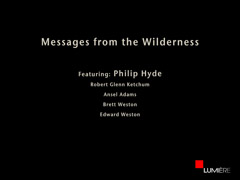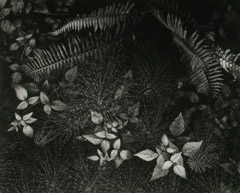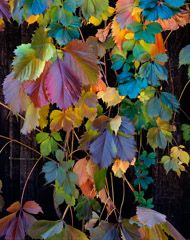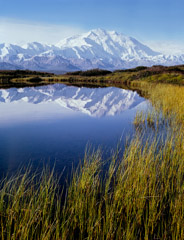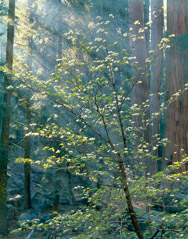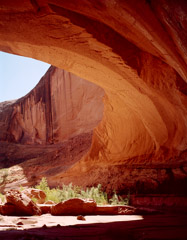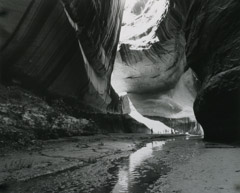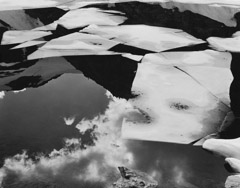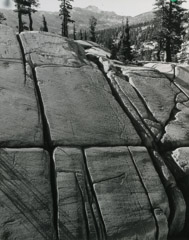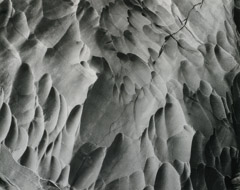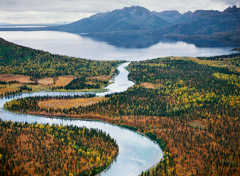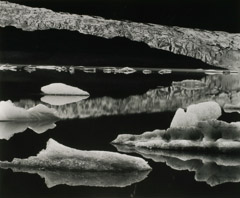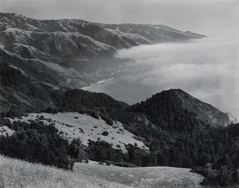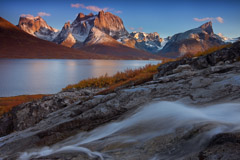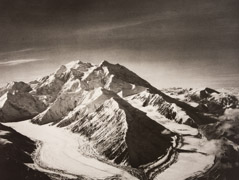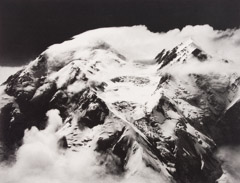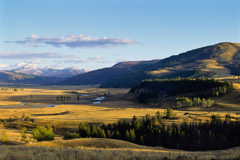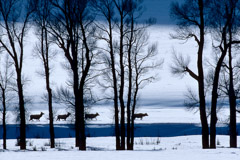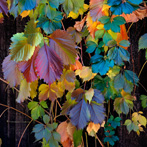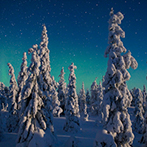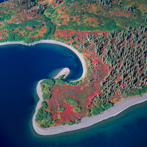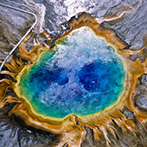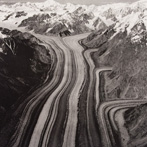Messages from the Wilderness
This exhibition features works deploying the visual power of photography to
communicate an understanding and appreciation of the great American wilderness.
These photographers have captured the beauty and form of nature…using pictorialism, abstraction
and unusual lighting effect to communicate a story or to stimulate the viewer’s innate imagination.
Their work has often provided the foundation for major conservation movements.
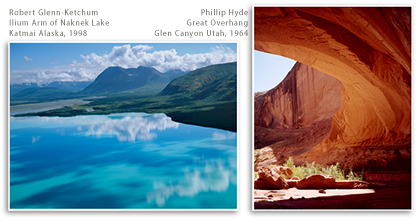
Photography as Propaganda – Messages From The Wilderness
This exhibition features works deploying the visual power of photography to communicate an understanding and appreciation of the great American wilderness. These photographers have captured the beauty and form of nature…using pictorialism, abstraction and unusual lighting effect to communicate a story or to stimulate the viewer’s innate imagination. Their work has often provided the foundation for major conservation movements.
Philip Hyde (1921 -2006) Hyde was one of the century’s most influential wilderness photographers. His most noted image is the 1964 color conservation icon, “Cathedral In The Desert, Glen Canyon,” American Photo Magazine named it one of the top 100 photographs of the 20th Century. His photographs have helped protect such national treasures as the Grand Canyon, Dinosaur National Monument, Denali, Tongass National Forest, Canyonlands, the Coast Redwoods, Point Reyes, King’s Canyon, the North Cascades, Oregon Cascades, High Sierra Wilderness, and many others.
Ansel Adams (1902 – 1984) Photographer and conservationist, one of the most inspirational and best known artists of modern times. He made visionary photos of western landscapes that were inspired by a boyhood trip to Yosemite. Adams won three Guggenheim grants to photograph the national parks. He served on the Sierra Club Board from 1934-1971 and allowed the use of his photography for conservation efforts.
Edna Bullock (1915 – 1997) An exceptionally prolific artist, Edna produced a wide variety of black and white imagery and is probably best known for her photographs of nudes within the landscape. Her husband, Wynn Bullock, had an important impact on her keen and discriminating eye.
Peter Essick (1957 – ) Essick is a freelance photojournalist with clients such as National Geographic Magazine. His photographs have been included in the “Photography, Man and the Environment” exhibition at Viterbo, Italy. Essick’s photographs were featured in Time Magazine’s “Great Images of the 20th Century” and in “100 Best Photographs of National Geographic.” His work has been included in some 35 stories in National Geographic, ranging from the October 2011 feature on the Ansel Adams Wilderness, to ones on the effects of global warming.
Robert Glenn Ketchum (1947 – ) For 40 years Robert Glenn Ketchum’s imagery and books have helped to define critical national environmental issues. He is perhaps most recognized for his work in the Tongass, which is credited with helping to pass the Tongass Timber Reform Bill of 1990. His series from Bristol Bay in Southwest Alaska has added an environmental perspective to the current national debate on the Pebble Mine project.
Tom Murphy (1950 – ) Murphy’s photographic passion and specialty is Yellowstone National Park. Since 1975, he has traveled extensively within its 3,400 square miles. Tom built an internationally respected photography seminar series teaching natural history photography primarily in Yellowstone Park. His commitment to wildlife and wild lands and to their preservation is unmatched.
Bradford Washburn (1909 – 2007) Washburn was an explorer, geographer, mountaineer, cartographer and photographer. He also greatly advanced the technique of aerial large-format photography and mountain cartography. Initially interested in gaining topographical information in order to help plan his exploratory mountaineering, Washburn’s pictures, however, transcended mere utilitarian purposes. Showing the influence of his friend Ansel Adams, his large-format monochrome prints of mountains, beautifully composed and exposed, are all packed with spectacular detail.
Brett Weston (1911 – 1993) Weston had a sophisticated sense of abstraction, often flattening the plane and engaging in layered space, an artistic style more commonly seen among modern painters. He is best known for his work on the dunes around Oceano, California, a location that he later shared with his father Edward Weston.
Edward Weston (1886 – 1958) In 1922, Weston experienced a transition from pictorialism to “straight” photography, becoming a pioneer of precise and sharp presentation. His pictures included the human figure, architecture, seascapes, plants, and landscapes. In 1937, the Solomon R. Guggenheim Foundation awarded Weston a fellowship, the first given to a photographer.
Featured in this exhibition is the work of numerous photographers, five are highlighted below.
Select the image below to view the complete artist page for these photographers.
Philip Hyde
This video was produced in conjunction with the exhibition Messages from the Wilderness which featured work deploying the visual power of photography to communicate an understanding and appreciation of the great American wilderness. Included in the exhibition was photography by: Philip Hyde, Ansel Adams, Edna Bullock, Peter Essick, Robert Glenn Ketchum, Tom Murphy, Bradford Washburn, Edward Weston & Brett Weston. Their work has often provided the foundation for major conservation movements.
Philip Hyde, was one of the century’s most influential wilderness photographers. His photographs have helped protect such national treasures as the Grand Canyon, Dinosaur National Monument, Denali, Tongass National Forest, Canyonlands, the Coast Redwoods, Point Reyes, King’s Canyon, the North Cascades, Oregon Cascades, High Sierra Wilderness, and many others. The video is narrated by his son David Hyde.

